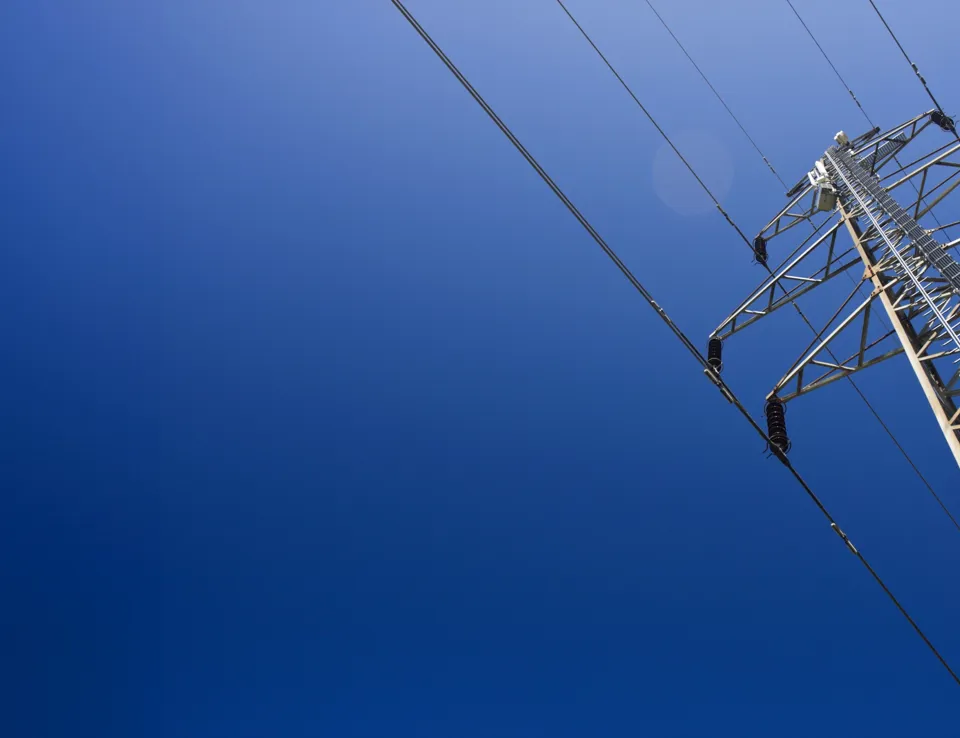Carbon capture and storage: A vital tool in reaching net zero
Carbon capture and storage: A vital tool in reaching net zero
It's now a well-established fact that capture, utilisation and storage (CCUS) must play an important role in reducing CO₂ emissions and meeting net zero targets. The ambitions set out in the Paris Agreement and the associated Intergovernmental Panel on Climate Change Special Report make it clear that CCUS is necessary worldwide if temperature rise is to be kept below 1.5°C.
Adoption of renewable energy and improvement of processes and their efficiencies are core elements of the net zero transition, and should remain as such, however, they alone are not sufficient to achieve the ambitious goal of net zero. Whilst wide-scale deployment of CCUS should not be seen as the panacea for reducing all emissions; it is part of the toolbox, and has a significant role to play, particularly in hard to decarbonise industries and regions of rapid economic development.
For example, in Southeast Asia, CCUS technologies are set to play an important role in supporting clean energy transitions, an area known to have a fast-growing economy and high energy demand, largely met by fossil fuels at present. The region is also home to a significant portion of the world’s emissions-intensive industries, such as cement production, steel manufacturing, and oil and gas processing and refining. CCUS is one of the few technically ready solutions available for decarbonising heavy industry and can also be deployed alongside recently built power plants, thus providing energy security, and enabling continued economic growth.
- Nature-based solutions including reforestation, and engineered technological solutions, such as Bioenergy Carbon Capture and Storage (BECCS)
- Direct Air Carbon Capture and Storage (DACCS).
When deployed alongside certain process, CCS technologies can fall into the NETs category, however, not all uses of CCS contribute to negative emissions, and thus in those cases cannot be classified as such.
- Techno-economic assessments; advising on appropriate technologies and routes for the development of carbon capture
- Modelling of decarbonisation scenarios (and predicting the role of CCS in decarbonisation)
- Due diligence
- Feasibility studies for carbon capture, utilisation and storage at industrial sites
- Strategic country and/ or regional level reviews, guidance on the whole CCUS value chain and roadmaps to the establishment of CCUS capture, transportation and storage hubs
- CO2 feedstock analysis for sustainable fuel opportunities.









